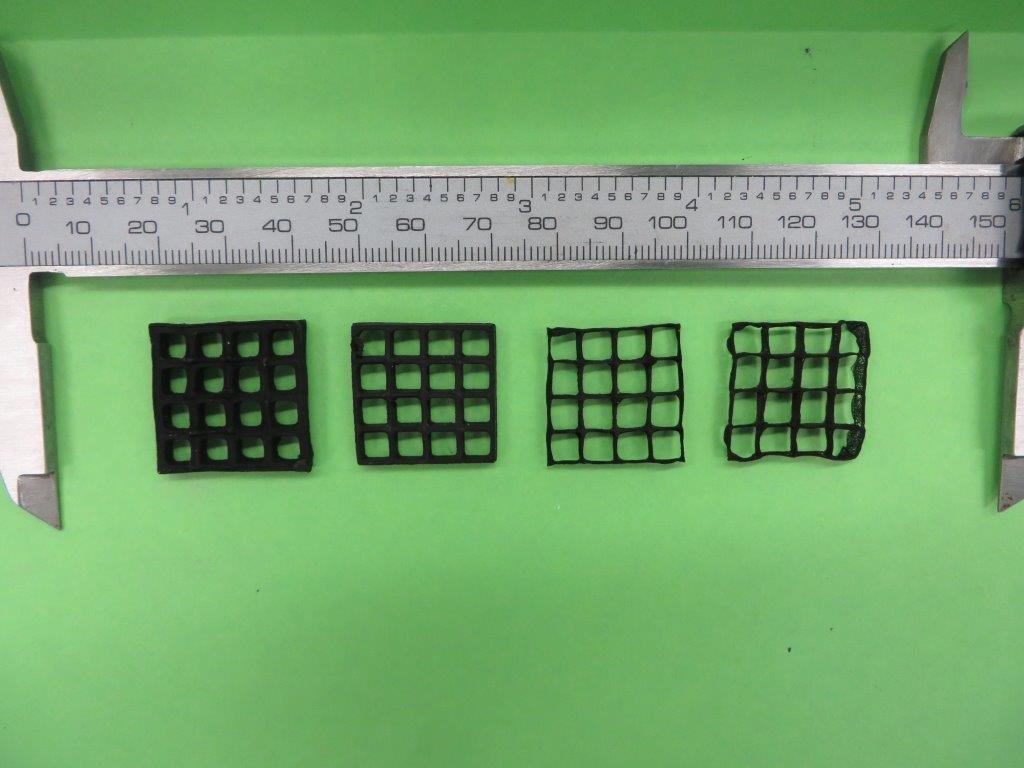
It’s been quite problematic to 3D print graphene, but researchers at the University of Buffalo have come up with a very “cool” solution.
Plastic extrusion has become a standard method of 3D printing these days, and the process has been used to print materials other than plastic, simply by mixing plastic with “anything else”. Metal, carbon fiber, wood and even coffee 3D prints have been done in this way.
That’s the same way folks began experimenting with graphene 3D printing: mix graphene powder with a polymer and then print it. Certainly this results in stronger prints, but if you only want a graphene print, you must get rid of the polymer.
Typically the removal is accomplished by melting it out with heat. However, it turns out that the heating process damages the delicate bonds between the graphene particles, weakening the result.
The UB researchers found a fascinating way around this by inverting the problem: instead of heating, they tried cooling.
Here’s what they do: instead of a polymer, they use water! By printing at -25C, a frosty temperature indeed, they develop 3D graphene structures supported by ice.
Then these icy prints are dunked in liquid nitrogen to take their temperature way down to around -200C. This stiffens the ice, but also develops much stronger hydrogen bonds.
The final step is to freeze-dry the print, removing the ice without damaging the delicate graphene structure.
So far, this is merely research, but it demonstrates another way to 3D print otherwise non-printable materials: with ice. It may be possible to use this technique with other inscrutable materials beyond graphene.
3D printing after all these years, still has a very far distance to go.

